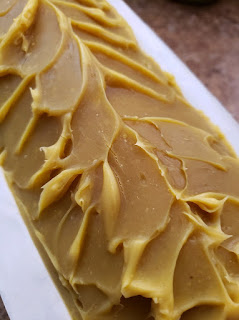Last week my daughter and I went to see Breaking Benjamin, Chevelle, Three Days Grace, Dorothy and Diamante. Loren bought the tickets as my birthday gift!
Chevelle is one of my favorite bands and she and I have seen them together twice before...back in the day...a lifetime ago.
I admit I wasn't very familiar with anyone else's music but I've listened to Breaking Benjamin since Loren got the tickets in February.
The concert was at the Ak Chin Pavilion in Phoenix. We've never been there before and to be honest, I rarely go to Phoenix...it's big...and not being familiar with it, slightly confusing.
We decided to leave with plenty of time to get some t-shirts and a beverage before we found our seats and since we were mainly there to see Chevelle and Breaking Benjamin we didn't feel the need to be there when the gates opened so we hoped to avoid that rush.
So not being in a rush was a good thing because they had I-10 West closed for construction. It turns out, I-10 West is the highway we needed to get to the concert. Luckily we have map apps that can feed us that info before we get in the car. Not so lucky, sometimes the map apps seem to find weird ways to get you where you're going, but it did get us there.
We decided to splurge a bit and paid for reserved parking. Not being familiar with Ak Chin Pavilion, we had no idea what the parking was like or how far away we'd be or how long it would take to get to the gate. It was a good choice, we parked right outside the gate!
Ak Chin Pavilion is definitely set up well for big concerts and on top of that they do it well. Plenty of security and police officers, the vendors were efficient and speedy so even the long merch line moved quickly. And the bathrooms were clean, yeah, that's a thing.
While we were in the merch line getting our shirts we caught the last bit of Dorothy, she sounded pretty cool, though I'm not very familiar with her music.
 |
| Setting up for Chevelle |
Not going into a detail but the show was pretty amazing!
I love those guys!
One of my favorite music moments is when Breaking Benjamin did a medley of covers, Pantera, Nirvana, Metallica and Rage Against the Machine. Metallica is one of my all-time favorite bands and I told my daughter that's probably as close as I'll ever get to seeing them live.
I will try to see Breaking Benjamin and Chevelle anytime I get a chance. And to be able to have that time with my daughter was priceless!
 |
| Chevelle |
 |
| Big screen pics! |
 |
| Breaking Benjamin |
 |
| Loren enjoying the show. |
I will try to see Breaking Benjamin and Chevelle anytime I get a chance. And to be able to have that time with my daughter was priceless!








